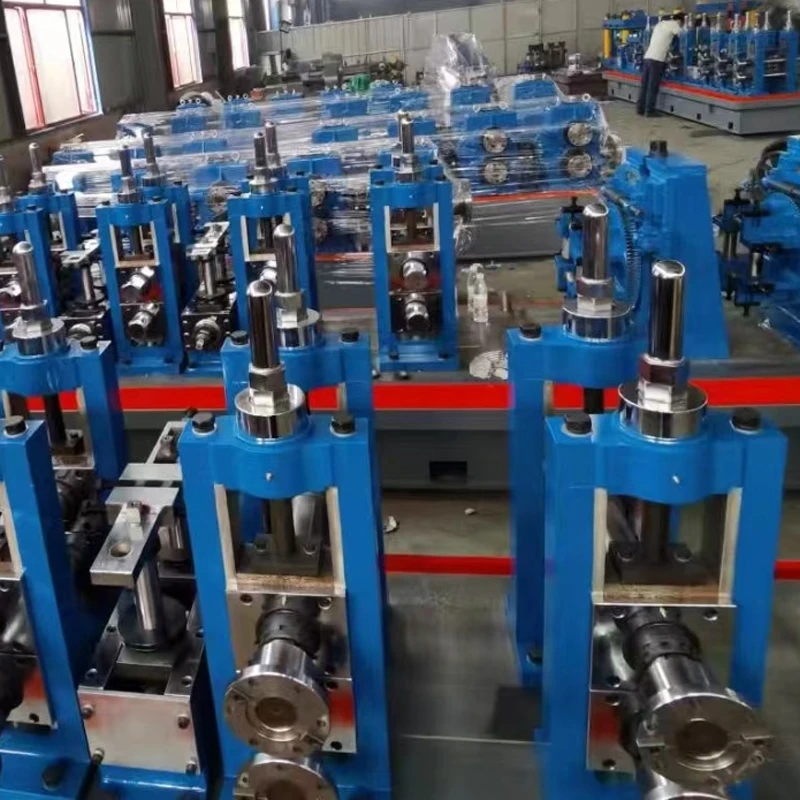Optimizing Pellet Mill Roller Performance for Improved Efficiency and Production Quality
Understanding Pellet Mill Rollers A Key Component in Biomass Production
Pellet mills are pivotal devices in the biomass industry, where they transform raw materials into pellets that serve as a renewable energy source. These machines employ a variety of components to ensure efficient operation, and among them, the roller stands out as a crucial element. The design, material, and functionality of pellet mill rollers can significantly impact the overall performance of the pellet production process.
The Role of Rollers in Pellet Mills
Pellet mill rollers compress and shape the feedstock as it moves through the die. Typically, pellet mills consist of two main components the die and the roller. The die has specific holes through which the biomass is forced under high pressure, while the rollers press the biomass against the die to create pellets. This pressure is essential in allowing the lignin within the material to melt and act as a natural binder, enabling the biomass to hold its shape after cooling.
Design and Configuration
Pellet mill rollers come in various designs, such as flat and ring. Flat rollers are commonly used in flat die pellet mills, while ring rollers are part of ring die pellet mills, which are more prevalent in industrial applications. Each design serves the purpose of increasing the efficiency of the pelleting process.
The configuration of the rollers greatly affects the production capacity and energy consumption of the pellet mill. For instance, wobble or stationary roller designs can be adopted to optimize the compression applied to the biomass. Additionally, the arrangement of the rollers determines the thickness and density of the pellets produced.
Materials Used
The materials used in constructing pellet mill rollers significantly impact their durability and functionality. Common materials include steel alloys, which are often treated to enhance strength and wear resistance. Advanced coatings may also be applied to reduce friction and increase the lifespan of the rollers.
pellet mill roller

High-quality rollers can withstand the intense pressures and temperatures exerted during the pelleting process. As a result, manufacturers focusing on the production of durable and efficient rollers can offer significant advantages in terms of pellet quality and production volume.
Maintenance and Longevity
Maintaining the rollers in a pellet mill is crucial for ensuring optimal performance and minimizing downtimes. Operators should regularly inspect the rollers for wear and tear, as an uneven surface can lead to inconsistent pellet quality and increased energy consumption. Lubrication and alignment adjustments are also essential to keep the rollers functioning efficiently.
Investing in high-quality rollers with extended service life can dramatically reduce maintenance costs over time. Establishing a regular maintenance schedule can prevent costly breakdowns and prolong the operational life of the pellet mill.
Economic Impact
The performance of pellet mill rollers directly correlates with the economic viability of biomass production. Efficient rollers lead to improved output rates, which translates to lower energy costs per ton of pellets produced. In an industry where margins can be tight, every percentage point of efficiency can have a significant economic impact.
Furthermore, with growing global demand for renewable energy sources, the need for efficient pellet production is expected to rise. This means that innovations in roller design and technology could play an important role in meeting future energy needs sustainably.
Conclusion
In conclusion, the pellet mill roller is a fundamental component in the production of biomass pellets. Its design, material, and maintenance significantly affect the efficiency and quality of the pelleting process. As the demand for renewable energy continues to grow, investing in high-quality pellet mill rollers and implementing effective maintenance strategies will be key in ensuring the economic and operational success of biomass production facilities. By focusing on these elements, manufacturers can enhance their output, reduce costs, and contribute to a more sustainable energy future.
-
High Frequency Straight Seam Welded Pipe Production Line-BzZhou Xinghua Machinery Equipment Manufacturing Co., LTD.|Precision Welding, High EfficiencyNewsJul.30,2025
-
High Frequency Straight Seam Welded Pipe Production Line|BzZhou Xinghua|Precision Welding&EfficiencyNewsJul.30,2025
-
High Frequency Straight Seam Welded Pipe Production Line - BzZhou Xinghua|Precision Engineering&EfficiencyNewsJul.30,2025
-
High-Frequency Straight Seam Welded Pipe Production Line-BzZhou Xinghua Machinery Equipment Manufacturing Co., LTD.NewsJul.30,2025
-
High-Frequency Straight Seam Welded Pipe Production Line-BzZhou Xinghua Machinery Equipment Manufacturing Co., LTD.|Precision Manufacturing, High EfficiencyNewsJul.30,2025
-
High Frequency Straight Seam Welded Pipe Production Line-BzZhou Xinghua Machinery Equipment Manufacturing Co., LTD.|Precision Steel Pipe Manufacturing&Industrial EfficiencyNewsJul.29,2025


